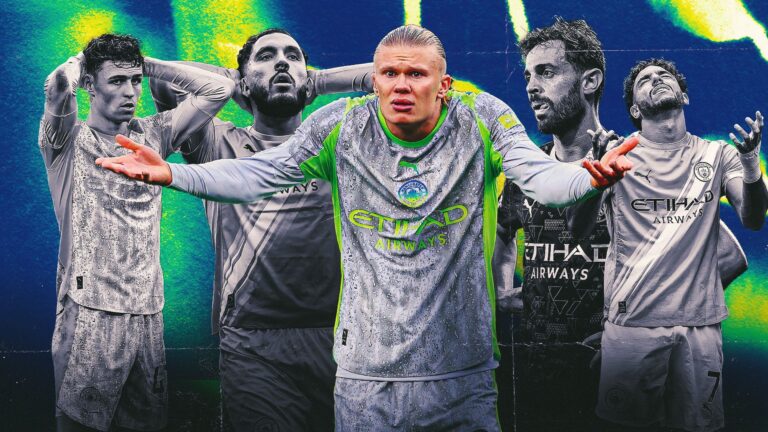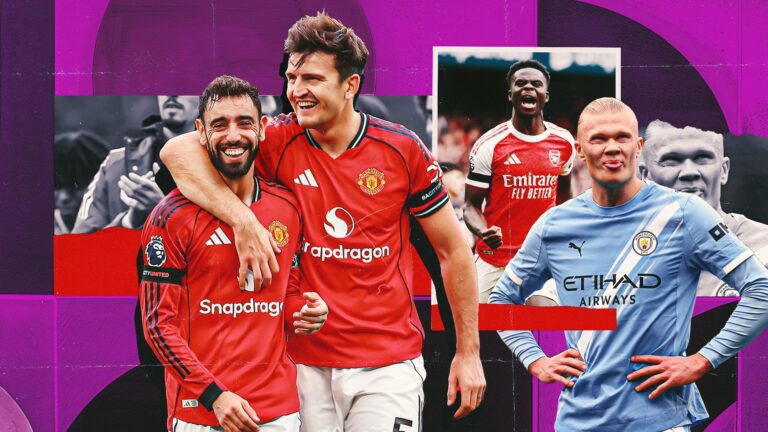Why Benjamin Sesko Needs Patience Amid Manchester United’s Turmoil
In the high-stakes world of the Premier League, Benjamin Sesko‘s arrival at Manchester United was hailed as a game-changer, yet his initial performances have fallen short of expectations. This 22-year-old Slovenian talent, acquired for a hefty £74m, has yet to fully showcase his abilities in a team grappling with inconsistency and tactical woes under manager Ruben Amorim.
The Slovenian striker has faced a rocky start at Old Trafford, managing to score only once in his first seven outings despite limited starting opportunities. That lone goal came in a defeat to Brentford, where he capitalized on a close-range chance after several attempts, but it did little to alter the match’s outcome as United slipped further down the table.
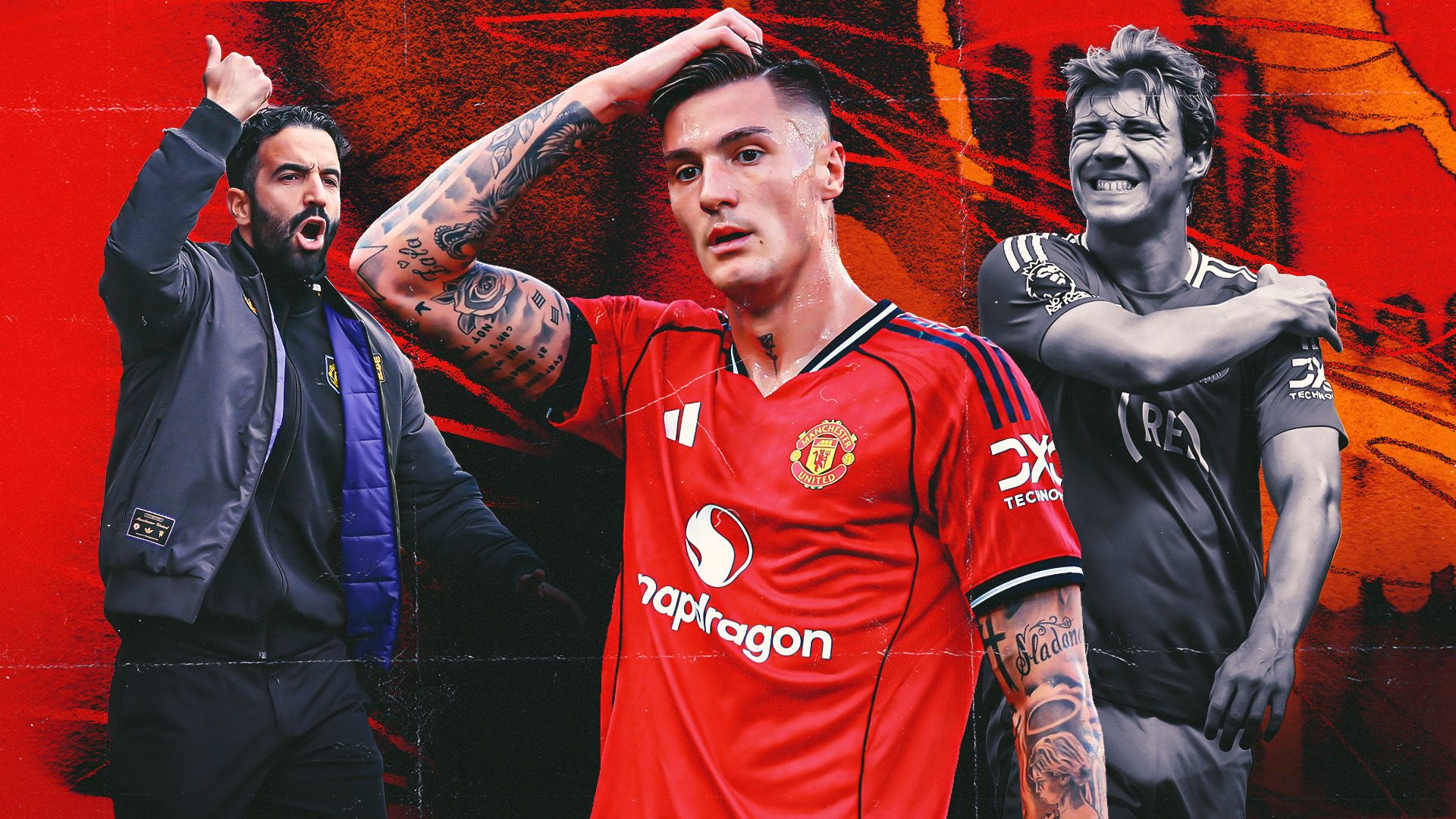

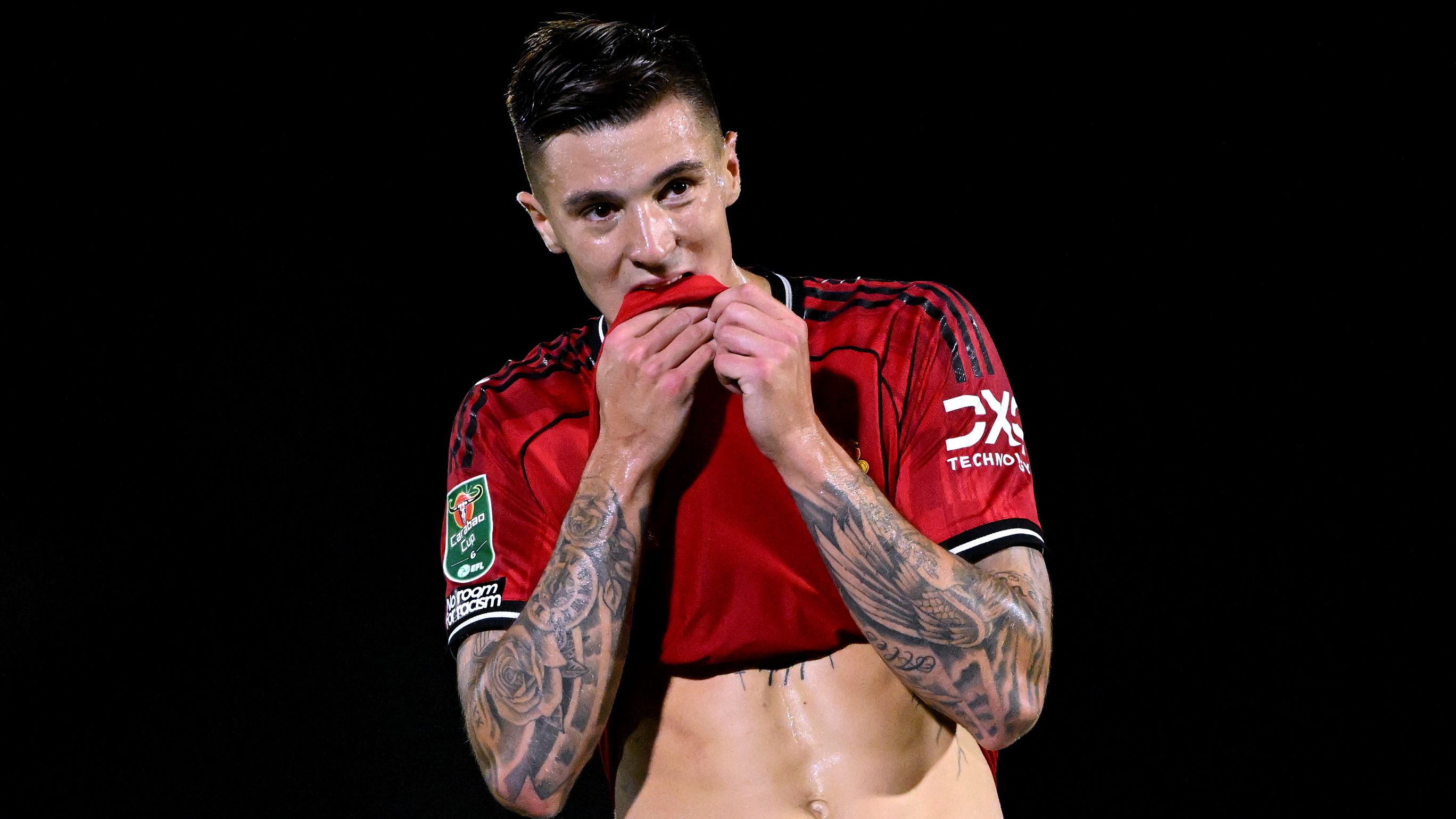
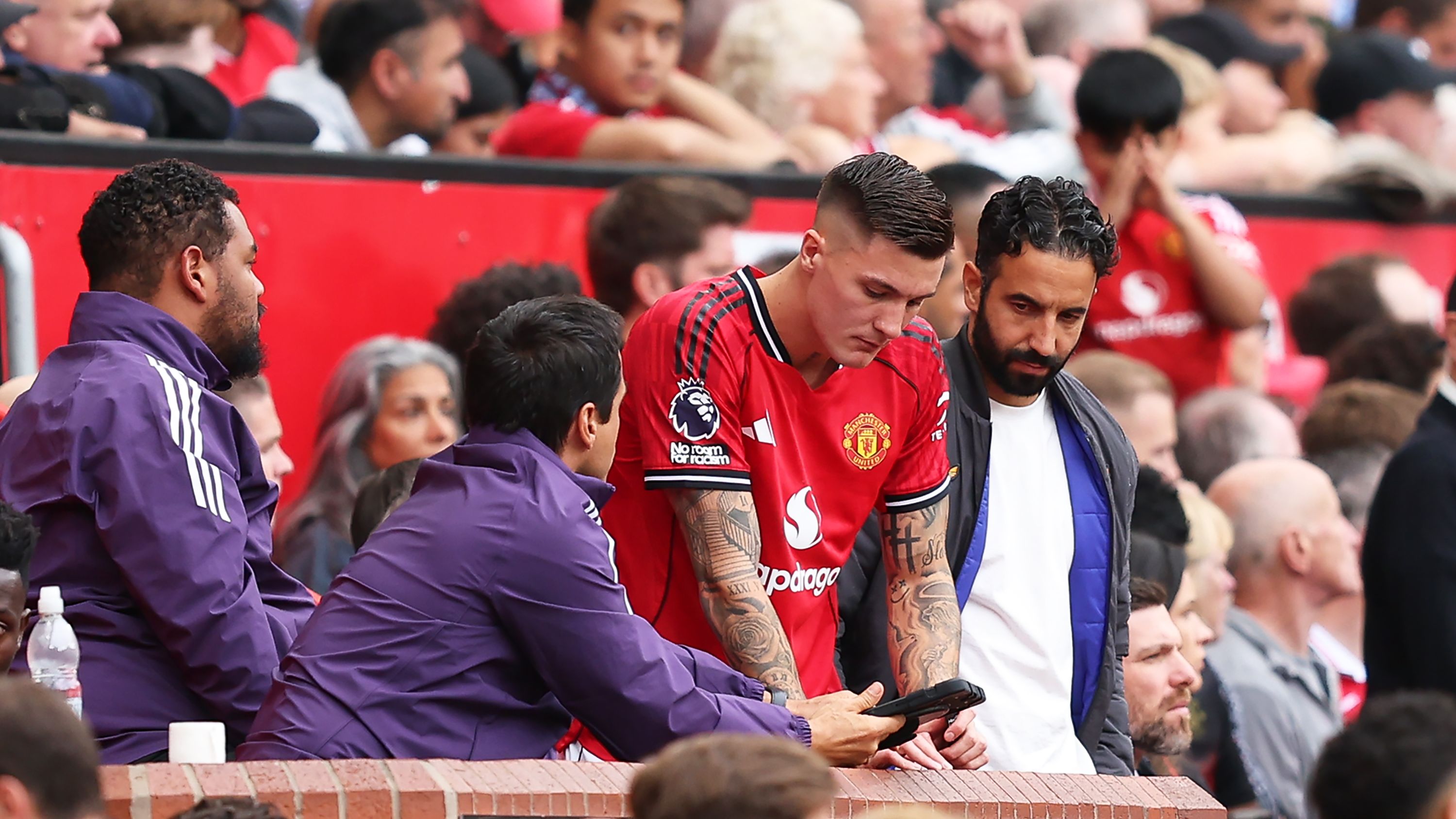
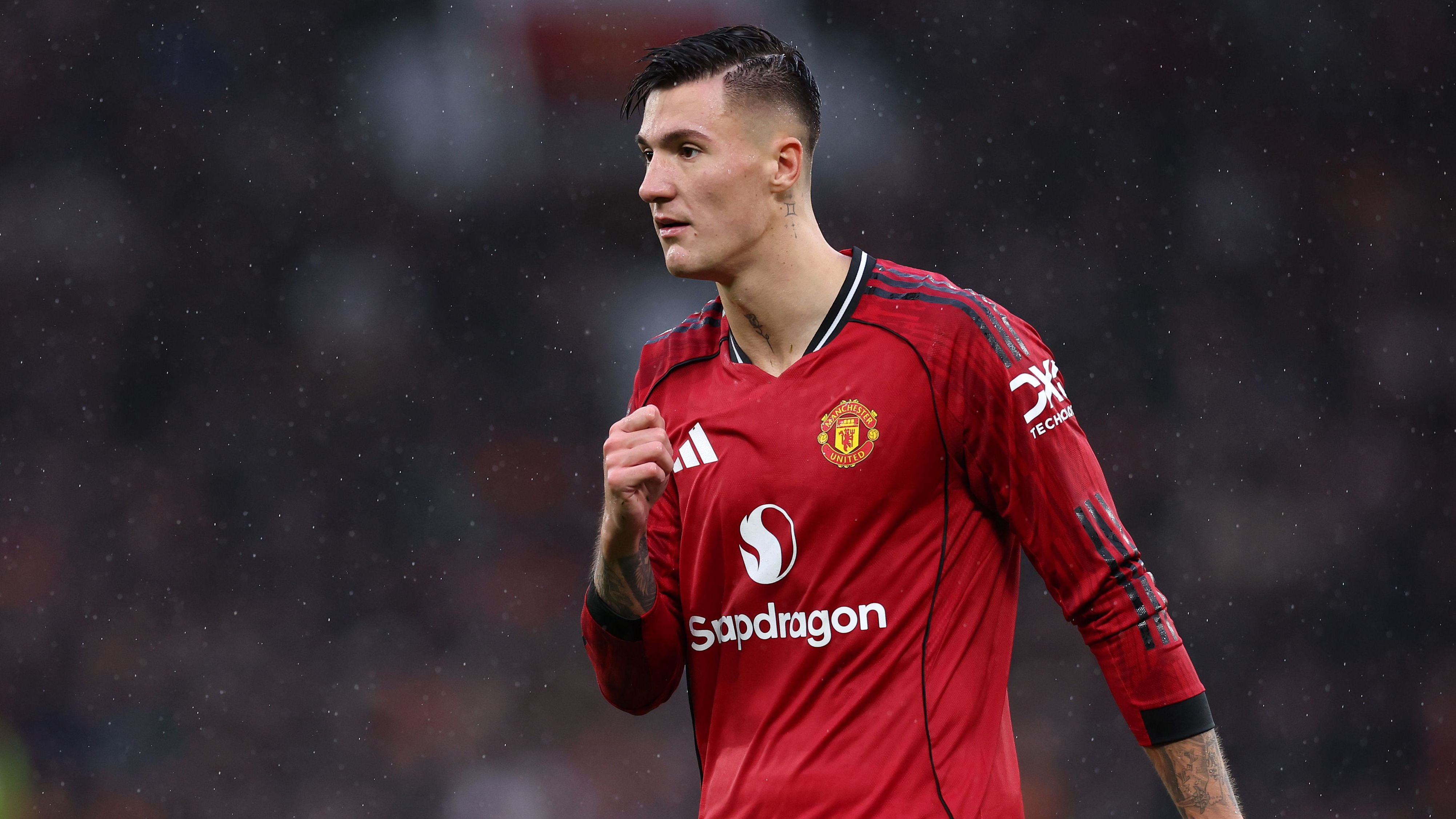

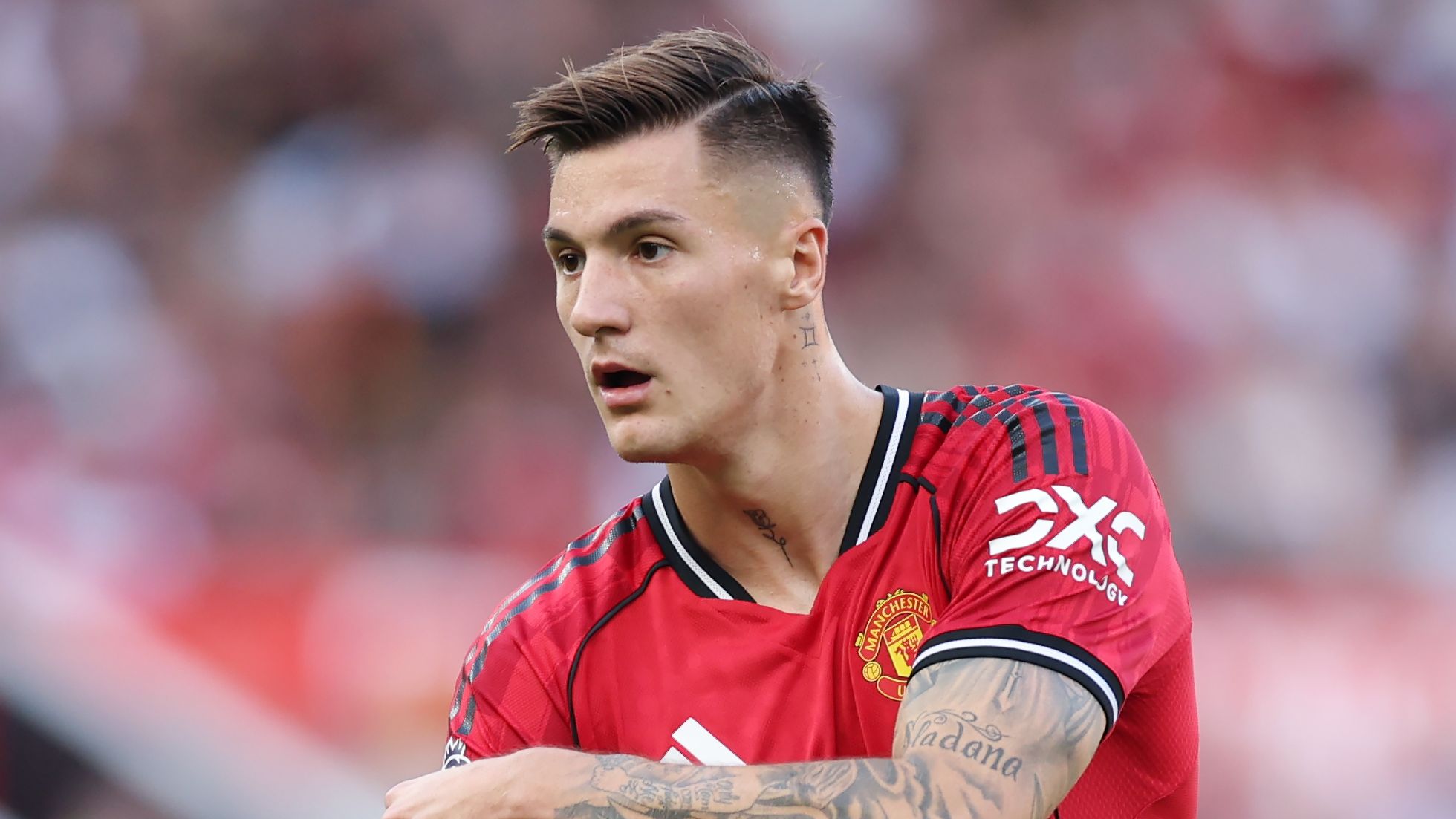
Benjamin Sesko’s Adjustment Period at Manchester United
Despite the excitement surrounding Sesko’s move, his integration into the squad has been challenging. Along with newcomers Matheus Cunha and Bryan Mbeumo, he has contributed just three goals from their collective outings, a disappointing yield given the club’s substantial £208m investment. While it’s early in the season, this output highlights ongoing issues in the attack.
The True Source of Sesko’s Difficulties
Statistically, Sesko’s contributions aren’t the primary worry; it’s his limited involvement that stands out. In contrast to Cunha and Mbeumo, who have been more active, Sesko often appears on the fringes, unable to influence proceedings. This sharp learning curve stems largely from Amorim’s tactics, which fail to leverage Sesko’s natural attributes, leaving him isolated as the sole forward in an ineffective setup.
Background and High Expectations for the New Signing
Sesko was a hot prospect across Europe, with Newcastle vying aggressively for him during the transfer window. Although they offered more, Sesko chose United and even adjusted his wages to seal the deal, underscoring the club’s enduring appeal despite recent struggles. The INEOS group painted a vision of revival and stability, which resonated with him.
His Initial Enthusiasm and Current Realities
At his introduction, Sesko expressed optimism about United’s legacy and future prospects, emphasizing the club’s potential for growth and major wins. He highlighted the welcoming atmosphere and his eagerness to learn from Amorim and bond with teammates. Unfortunately, that initial buzz has faded, with the team’s play lacking spark and Sesko resembling a diminished version of his dominant Bundesliga form at Leipzig.
Statistical Insights and Unfair Criticism
Data from sources like Sofascore reveal Sesko’s limited impact, with averages of 1.8 shots and 14 touches per game, alongside a 69% pass accuracy and no major chances created. These figures are understandable given United’s league-worst expected goals difference. Recent setbacks, such as the Carabao Cup loss to Grimsby Town, have made him an easy scapegoat.
Defending Against Unwarranted Attacks
In the penalty shootout against Grimsby, Sesko was positioned late in the order due to cramping, yet faced backlash from critics like Gabby Agbonlahor. Amorim’s explanation-that he was protecting Sesko-seems reasonable, especially for a player with only 419 minutes of action this season. Substituting him early in the Chelsea match may have further dented his morale.
Tactical Shifts Needed to Unleash Sesko’s Potential
Given his prolific record of 27 goals in Germany, Sesko deserves a setup that plays to his strengths. Amorim’s 3-4-3 formation, lacking wingers, neglects Sesko’s aerial prowess and preference for crosses. At 6ft 5in, he excels in aerial duels, outpacing previous United forwards, but opponents easily neutralize him in the current system.
Proposed Changes for Better Results
A move to a 4-2-3-1 could provide the width Sesko needs, with players like Cunha and Mbeumo on the flanks and Bruno Fernandes in a more advanced role. Off the ball, his runs are often ignored due to United’s stagnant passing, as noted by Rio Ferdinand, who called for quicker fixes to create opportunities for the young striker.
Comparisons and Teammate Support
Concerns linger that Sesko might follow Rasmus Hojlund’s path, but his superior aerial ability and ball retention skills suggest otherwise. Teammates, including Harry Maguire and Casemiro, have voiced confidence in his potential, praising his physicality and technique, which bodes well for his development.
Looking Ahead with Optimism
Sesko himself acknowledges the Premier League’s intensity but reports steady improvement in training and mindset. As United prepares for upcoming fixtures, giving him consistent starts is crucial, though changes in management might be necessary for his full emergence.
Final Thoughts on Giving Sesko a Fair Chance
Ultimately, Sesko requires time to adapt, especially amid the team’s broader issues. With his determination and talent, he’s poised to overcome early hurdles, but critics should hold off until the situation improves, potentially through inevitable shifts in strategy or leadership.
The Challenges Benjamin Sesko Faces in Ruben Amorim’s Tactical System
Benjamin Sesko, Manchester United’s high-profile £74m striker signed from RB Leipzig, has been under the microscope since joining the club. As Ruben Amorim implements his tactical system, which emphasizes high pressing, positional fluidity, and defensive responsibilities for forwards, Sesko is finding it tough to adapt. This shift from his previous role at Leipzig, where he often played as a more traditional target man, highlights the real challenges for a striker in a system that demands both offensive prowess and defensive discipline.
One of the biggest hurdles for Benjamin Sesko in Amorim’s setup is the need for constant movement and pressing. In matches, Sesko has had to track back more than he’s used to, which can disrupt his rhythm as a goal-scorer. For instance, in recent games, his efforts have been praised for work rate, but that hasn’t always translated into consistent scoring opportunities. This tactical demand means Manchester United’s £74m striker must balance his natural instincts as a finisher with the energy required to support the team’s high defensive line.
Adapting to Positional Demands
In Ruben Amorim’s tactical system, strikers like Benjamin Sesko aren’t just expected to stay upfront; they’re integral to the team’s build-up play. This involves dropping deep to link play or shifting wide to create space, which can be challenging for a player whose strengths lie in making runs in behind defenses. According to insights from Amorim himself, Sesko is still “trying to understand everything” at Old Trafford, which points to the mental and physical adjustment needed in this high-intensity environment[başvurmak:[başvurmak:https://www.goal.com/en/lists/ruben-amorim-explains-benching-benjamin-sesko-second-successive-week-man-utd-new-striker-still-trying-understand-everything-old-trafford]. It’s not uncommon for big-money signings to struggle initially, but for Sesko, this means relearning how to thrive in a system that prioritizes team shape over individual flair.
To break it down further:
- Increased Defensive Duties: Sesko has to press opponents relentlessly, which reduces his recovery time and impacts his ability to be clinical in front of goal.
- Fluid Formations: Amorim’s 3-4-3 or 4-3-3 setups require Sesko to interchange positions, making it harder to find his footing compared to a fixed striker role.
- Pressure from Expectations: As Manchester United’s £74m investment, every performance is scrutinized, adding extra stress to adapt quickly in this tactical system.
Benefits of Benjamin Sesko Adapting to Amorim’s Tactics
While the challenges are evident, there are clear benefits to Benjamin Sesko embracing Ruben Amorim’s tactical system. This setup could ultimately make him a more well-rounded player, enhancing his market value and longevity at Manchester United. For example, by improving his off-the-ball work, Sesko might develop better anticipation and positioning, leading to more scoring chances in transition plays. Amorim has highlighted aspects of Sesko’s game that he admires, like his hard-working nature, which could translate into greater team success[başvurmak:[başvurmak:https://manutdnews.com/sesko/].
In the long term, this adaptation could help Sesko become a key figure in Manchester United’s attack, blending his physical attributes with tactical intelligence. Imagine a scenario where his pressing helps win the ball high up the pitch, directly leading to goals – that’s the kind of evolution that could make him indispensable.
Practical Tips for Benjamin Sesko’s Development
If you’re a football enthusiast or even a coach looking at how players like Benjamin Sesko can overcome these hurdles, here are some practical tips based on real observations from Amorim’s management style:
- Focus on Recovery Training: Sesko should incorporate high-intensity interval training to build stamina for pressing without fatiguing early in matches.
- Video Analysis Sessions: Regularly reviewing game footage can help him understand positional cues in Amorim’s tactical system, turning mistakes into learning opportunities.
- On-Field Drills for Versatility: Practicing hybrid roles, like combining striker duties with midfield links, can make the transition smoother and more natural.
These tips aren’t just theoretical; they’re drawn from how top clubs develop big signings. For Sesko, applying them could mean faster integration and fewer benchings.
Case Studies of Similar Situations
Looking at other players who’ve faced similar challenges can provide valuable context for Benjamin Sesko’s experience in Ruben Amorim’s tactical system. Take Erling Haaland at Manchester City, for instance – he had to adapt to Pep Guardiola’s possession-based style after being a more direct forward elsewhere. Haaland’s journey showed that initial struggles can lead to explosive success once the player aligns with the team’s demands.
Another case is Romelu Lukaku, who dealt with tactical mismatches at various clubs before finding his groove. At Manchester United, Lukaku thrived in a system that played to his strengths, but in setups requiring more defensive work, he faced criticism. Sesko’s situation mirrors this, as Amorim’s emphasis on collective defending could either hinder or elevate him, depending on his adaptation[başvurmak:[başvurmak:https://www.manutd.com/en/news/detail/ruben-amorim-reveals-what-he-likes-most-in-benjamin-sesko]. These case studies remind us that patience and tactical tweaking are key for a £74m striker like Sesko.
First-Hand Experiences and Insights
From recent matches, we’ve seen glimpses of Benjamin Sesko’s potential in Ruben Amorim’s tactical system. After scoring in a 2-0 win against Sunderland, Amorim expressed how “really happy” he was with Sesko’s display, noting his hard-working approach despite the challenges[başvurmak:[başvurmak:https://manutdnews.com/sesko/]. This first-hand feedback underscores that while benchings have occurred, positive performances are building blocks for growth. As a fan, it’s exciting to think about how these experiences could shape Sesko into a Premier League powerhouse, proving that every challenge is a step toward mastery in Manchester United’s evolving tactics.




